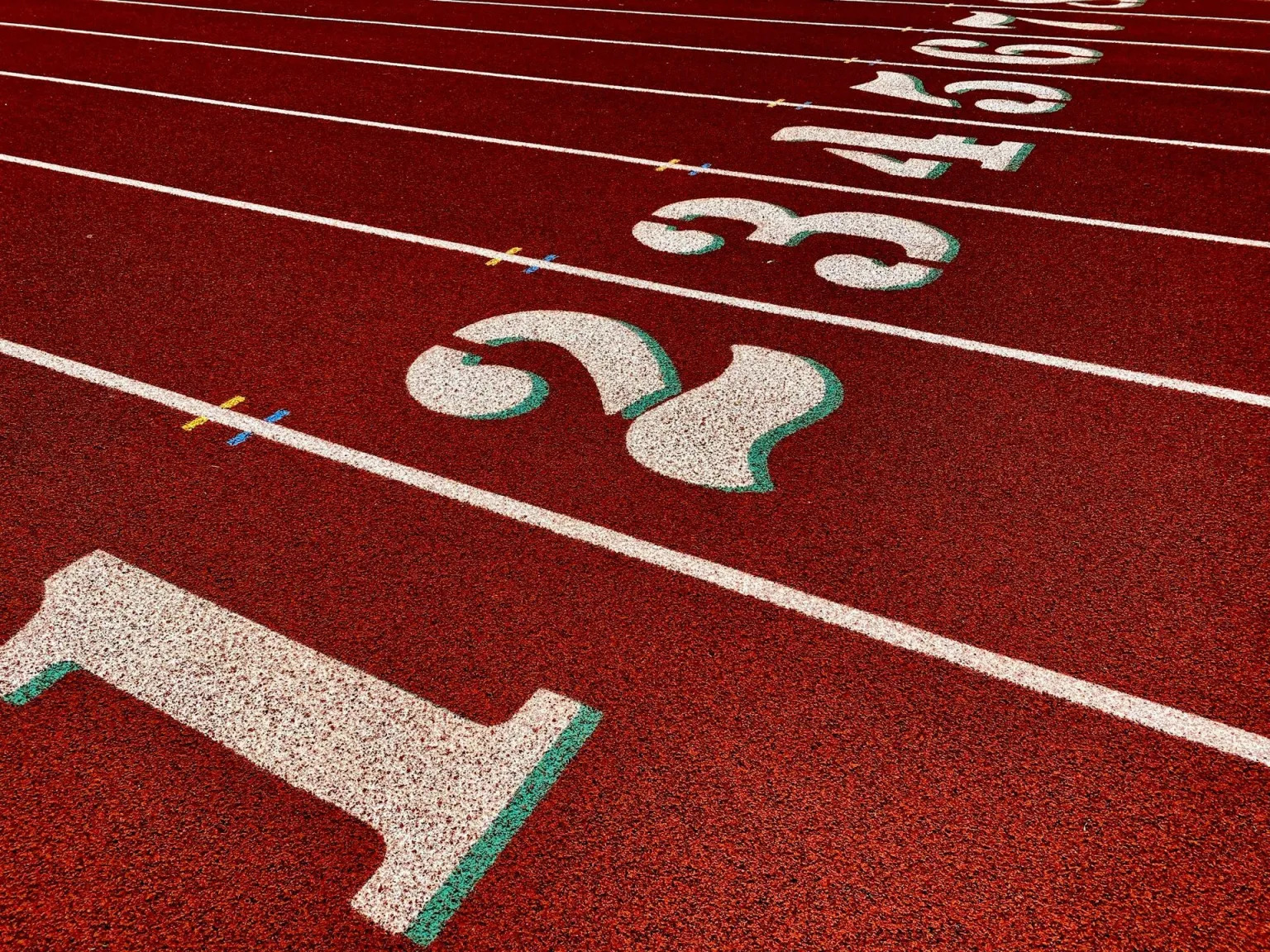When it comes to keeping up with digital marketing trends, content marketers are continually finding the best routes to provide content marketing that is optimized for the Google search engine.
From long-tail keywords to the length and quality of content, there is always something that can be done to improve the likelihood of content being recognized and promoted through organic search results. On top of that, good marketers also want to provide impactful and effortless user experience (UX) when visitors are on their site.
The question of different media types in blogs inevitably comes up. For advanced search engine optimization, it makes sense to include different media types so that Google has a chance to recognize the different content on your page and its accessibility. But what does this mean for readers and the user experience?
Factors That Impact User Experience on Blogs
UX designs in blogs refer to the optimization of a web page or blog for human interaction. Working in conjunction with the user interface (UI), UX design looks at how each visitor is likely to interact with your page and how positive or negative that experience is. UX should be strongly considered when designing a web page or blogging site because it can impact your website and sales conversions.
There are a number of factors that can impact user experience (UX) on a blog, and different media types play a role. For example, your blog’s technical factors will play a much larger role at first than the media you use: if your blog is not set up for success on the back end, your media could be slow to load and contribute to poor user experiences.
UX design is impacted by 7 major factors:
- Value
- Usefulness
- Accessibility
- Usability
- Desirability
- Findability
- Credibility
There are other factors to consider as well, such as privacy laws, transparency requirements, and compliance requirements (like cookie consent). So navigating these things can be difficult.
UX is vital to your customer journey because poor UX could turn visitors away. If you have a poor UX, for example, your visitors may be caught in a loop of trying to find the right product, service, or contact information and never feel like they can get that information properly. They may get frustrated and walk away. Similarly, poor UX can also look like slow-loading images, images or text that is hard to read, or information that is not clear for the visitor.
Optimize or build your website with UX and UI principles considered in strategy, starting with information architecture. If your information is poorly organized, then your website will be hard to navigate and a lot of the graphical elements won’t make sense.
While basic web development skills are necessary for UX design, companies should consider a UI designer and/or UX designer as they will be well equipped to handle the many factors that go into UX design.
Media Types and UX Design
When we think about UX design compared to what Google wants to see (and what our readers expect), each works collaboratively with the other to produce a seamless and supportive structure.
Media types should work beneficially for Google but also operate within the UX design model. Similarly, UX design must uphold a structure for its 7 core factors, but it must also be readable for Google.
When it comes to providing good media, blogs should consider video content, images, infographics, and other visuals. Other visual elements can also be used to highlight certain key phrases and break up the text for readability. In fact, we’ve talked about UX and UI in blogging before. For readers, it’s important not to see a block of text as it’ll be very off-putting. Media supports more readers who come to the website.
Someone who might not wish to read text may still be able to find your site through text and keyword optimization, but if they prefer to learn through images, color blocking, or pull out quotes, then they are more likely to stay on your site and think positively about your website in future if these elements are present. So adding media into your blog might boost conversions.
Finding the right mixture of media types can also present a challenge. A blog with a few graphical elements (like ours) may be presentable to some viewers, but not the ones who want more illustrative elements. Therefore, each blog must find the right balance of content for its viewership.
Optimizing Your Media for UX
If you’re at the point where you need to reconsider your media and UX design elements, then you’ll want to consider the following points:
- Who your target audience is
- How they expect to interact with online content
- The type of information being conveyed
- The tools your team has on hand
With these points, you’ll be able to properly identify which media types would work best for your blog’s user experience. For example, if you run a news site, you might need multiple articles with bold featured images and images throughout the text. However, you might also want to include a video that plays either on loop at the top or can be activated at any time throughout the blog. Infographics will be less used on media sites due to the blog frequency and content type.
A marketing blog will approach this far differently from a news site. Marketing blogs will want infographics on their site to properly convey data from a block of text. With lots of images, infographics, and even a video, the marketing blog is more readable to Google and the site’s different audience types.
User Experience Design and Content Strategy
Finding the right UX design for your website will improve the customer experience and build your brand identity. Interactions on a website also improve the customer experience. However, finding the right design will depend on the factors mentioned above. Additionally, businesses must prioritize visual design to some degree in their blogs or it won’t draw in as much traffic as they want.
To create an effective user experience for your blog post, consider the following elements:
- Blog post UX design and UI design
- The web design tools you have access to
- Sourcing a smart UX writer
- Graphic design elements
- Additional visual content
- Thinking about user flow
- And interaction design
To implement this effectively, your businesses need a UX designer or web designer to optimize your site. There also needs to be alignment between the design elements and content strategy. UX writing will also help visitors to know where they are going on your site and to understand the elements they are interfacing with.
When it comes to bringing this all together, it pays off to hire a UX writer and UX designer so that your site makes the most sense and your blog content gets traffic. Consider working with us at okwrite to optimize your content marketing strategy for media types, UX, and SEO!




